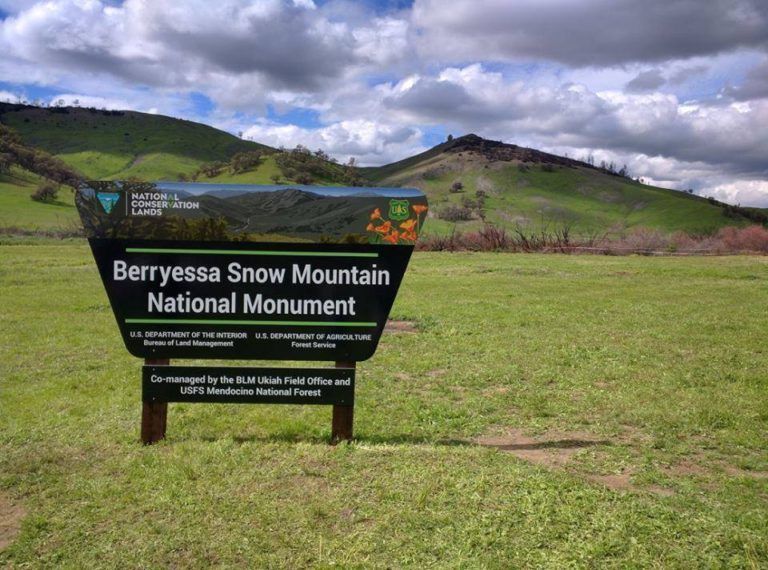Tuleyome's Policy Corner - A Win for Conservation! The Bureau of Land Management's "Public Lands Rule"

July 10, 2024 is the ninth anniversary of Berryessa Snow Mountain National Monument. To celebrate, we are sharing news about a recent win for conservation.
Last month, the Bureau of Land Management (BLM)’s “Public Lands Rule” went into effect. BLM is the nation’s largest land manager, managing 10% of the nation’s total landmass, including part of Berryessa Snow Mountain National Monument. As directed by the Federal Land Policy and Management Act (FLPMA), BLM is required to manage land for “multiple use and sustained yield.” The Public Lands Rule directs BLM to consider “conservation” as a “use” to manage for.
The Rule defines conservation as protection and restoration, and identifies tools BLM can use to achieve conservation. These tools include Area of Critical Environmental Concern (ACEC) designation processes, which BLM managers can apply to important resources and unique scenic landscapes. When an area becomes an ACEC, BLM must manage to protect its significance. ACECs were previously authorized through FLPMA, and the Rule clarifies steps BLM can take to implement them. The Rule also defines new tools for BLM to use to promote conservation. These new tools include restoration and mitigation leases, which BLM can issue to outside entities, including non-profits, to restore public lands or offset the impacts of a particular action. For example, a group such as Tuleyome could apply for a restoration lease that would enable the group to restore land in Berryessa Snow Mountain National Monument. When a restoration lease is in place, casual uses of the land for recreation, hunting and fishing, or research activities will generally be allowed. Restoration leases cannot be used to prohibit activities that are already allowed for in a region’s Resource Management Plan (RMP).
What’s next?
The Public Lands Rule holds implications for how BLM develops Resource Management Plans (RMPs), including the RMP for Berryessa Snow Mountain National Monument. For example, the Rule directs BLM to maintain an inventory of landscape intactness. When updating RMPs, BLM is to use a baseline condition of intactness as well as “available high quality information,” including Indigenous Knowledge, to: 1) identify intact landscapes; 2) evaluate alternatives to protect intact landscapes from degradation; and 3) determine which intact landscapes will be managed for protection. BLM intends to identify intactness through watershed condition assessments, an example of which can be found here.
The Rule represents an unprecedented mandate for BLM to advance conservation. However, BLM’s ability to implement the Rule, in management planning for Berryessa Snow Mountain National Monument and elsewhere, is contingent on adequate funding. In the coming weeks and months, Congress will determine BLM’s budget. As a result, the time is ripe to ask Congress to support BLM. **Click here** to send a letter to your representatives.
Not surprisingly, some are promoting legislation to challenge the Public Lands Rule. In April, the U.S. House of Representatives passed the Western Economic Security Today (WEST) Act, which would withdraw the Rule and prohibit BLM from implementing similar rules in the future. It is unlikely that this stand-alone bill will pass the Senate, but it is possible that WEST Act supporters will push similar proposals into a large government funding package. If this scenario unfolds, we will be calling on you to urge your Congressional representatives to protect the Public Lands Rule.
In the meantime, we thank the Biden Administration for establishing this historic legislation, and we look forward to working with BLM to help implement it.
-Hekia Bodwitch (hbodwitch@tuleyome.org)
Policy Director
RECENT ARTICLES






